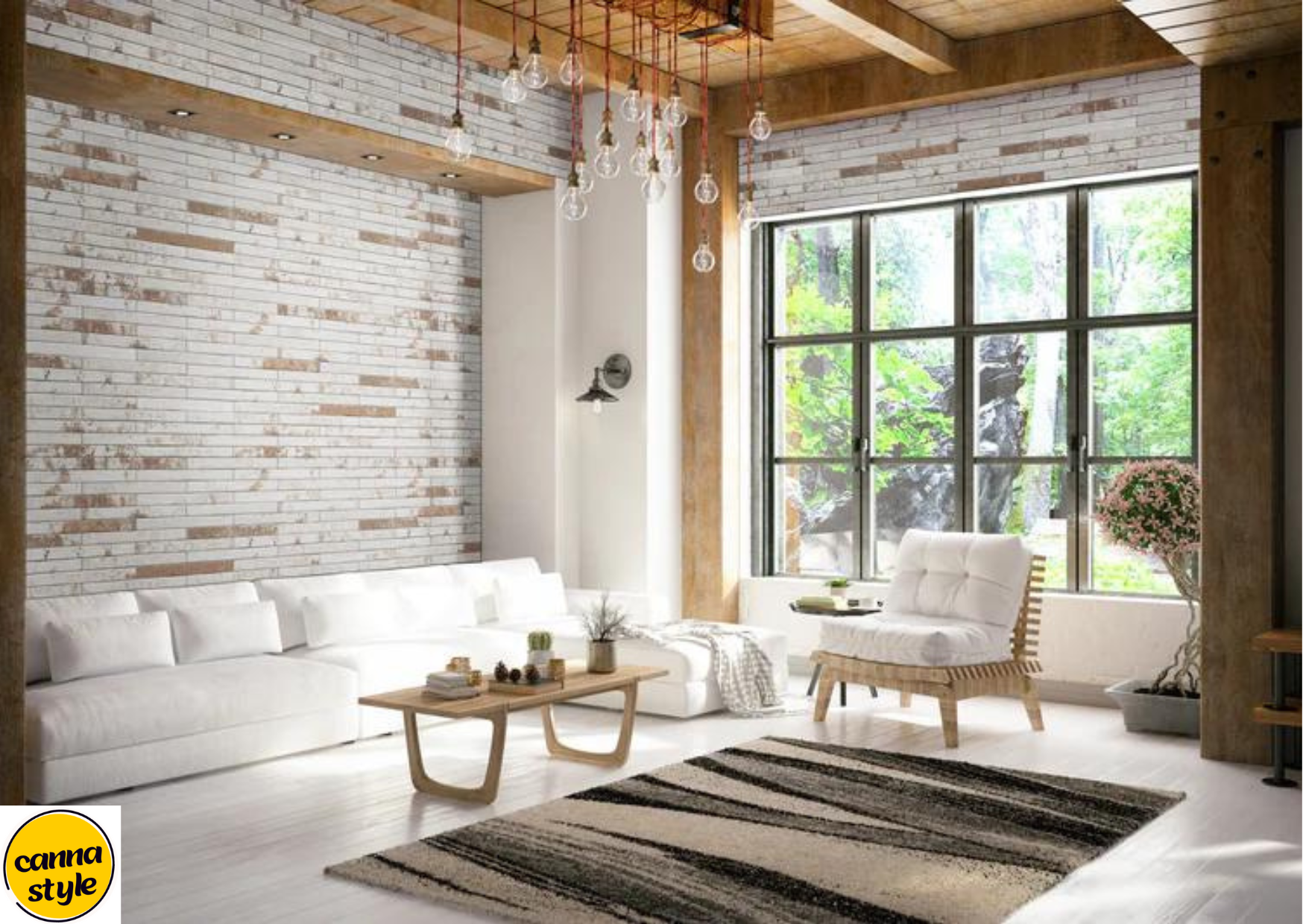1. Introduction
Ashton Raggatt McDougall Architects (ARM) is famous for pushing architectural obstacles with modern designs that task traditional aesthetics. Founded in Melbourne, Australia, ARM has won acclaim for its distinctive method, merging modernity with playful, frequently experimental elements. This article highlights five of ARM’s most iconic homes, showcasing their specific contributions to contemporary structure.
2. RMIT Design Hub, Melbourne
2.1 Overview
The RMIT Design Hub, completed in 2012, is a flagship venture for the Royal Melbourne Institute of Technology (RMIT). This building is a prime example of ARM’s progressive design philosophy, combining capability with hanging visual appeal.
2.2 Architectural Features
The Design Hub functions as a distinct perforated facade that creates a dynamic interplay of light and shadow. Its modular shape and transparent, open-plan interiors mirror ARM’s commitment to creating flexible and adaptable spaces.
2.3 Impact and Significance
As a hub for design studies and collaboration, the Design Hub has grown to be an influential landmark in Melbourne. Its modern layout and sustainable features set a new well-known academic home, mixing seamlessly with the urban material.
3. The Ian Potter Centre: NGV Australia, Melbourne
3.1 Overview
The Ian Potter Centre, opened in 2002, is a first-rate thing of the National Gallery of Victoria (NGV) complicated. Ashton Raggatt mcdougall architects design for the center is mentioned for its formidable use of shade and form, making it a standout example of contemporary museum architecture.
3.2 Architectural Features
The building is characterized by its striking geometric shapes and vibrant color scheme. ARM’s layout integrates a variety of materials, inclusive of glass, metallic, and urban, to create a visually arresting shape that complements the gallery experience.
3.3 Impact and Significance
The Ian Potter Centre has been praised for its innovative approach to gallery spaces, presenting bendy exhibition areas and stepped-forward vacationer amenities. Its layout has garnered popularity of its capacity to combo functionality with an attention-grabbing aesthetic.
4. Federal Court of Australia, Melbourne
4.1 Overview
“Completed in 1994, the Federal Court of Australia building is considered, therefore, one of ARM’s early most important initiatives. Moreover, it represents a pivotal moment inside the company’s evolution, showcasing, in particular, its potential to design institutional buildings with a current twist.”
4.2 Architectural Features
“The building capabilities an exclusive facade with a mixture of concrete and glass factors; consequently, it reflects ARM’s hobby in exploring unique textures and substances. Moreover, its revolutionary use of space and light creates inviting and useful judicial surroundings.”
4.3 Impact and Significance
“The Federal Court of Australia building is, indeed, tremendous for its contribution to the architectural landscape of Melbourne. Moreover, it demonstrates ARM’s potential to blend traditional institutional requirements with cutting-edge design concepts. As a result, it improves both the functionality and aesthetic of criminal spaces.”
5. The Edge, Federation Square, Melbourne
5.1 Overview
“The Edge, a distinguished feature of Federation Square, **was completed** in 2002. **Moreover**, this construction is necessary to the Federation Square precinct, which is recognized for its colorful public areas and cultural sports.”
5.2 Architectural Features
“The Edge is distinguished by its angular, fragmented facade, which contrasts with the surrounding buildings. **Furthermore**, ARM’s design incorporates dynamic, irregular forms that engage with the urban context **and** create a unique visual impact.”
5.3 Impact and Significance
“The Edge has come to be a full-size cultural venue, hosting diverse events and exhibitions. **Furthermore**, its modern layout contributes to Federation Square’s popularity as a hub of contemporary architecture and concrete design, **thereby** attracting site visitors from around the sector.”
6. The Victorian Comprehensive Cancer Centre, Melbourne
6.1 Overview
“Completed in 2016, the Victorian Comprehensive Cancer Centre (VCCC) is, indeed, a landmark venture in Melbourne’s medical and research community. Furthermore, ARM’s layout integrates advanced generations with a human-focused method of healthcare structure.”
6.2 Architectural Features
“The VCCC capabilities a sleek, modern layout with an emphasis on transparency and light. Moreover, its facade incorporates sustainable layout factors, which include an inexperienced wall and energy-efficient glazing; consequently, these elements contribute to both its capability and environmental overall performance.”
6.3 Impact and Significance
“The VCCC represents a significant advancement in healthcare structure; moreover, it combines today’s study facilities with patient-centered spaces. Additionally, its design has been praised for fostering recuperation environments while, at the same time, integrating seamlessly into the surrounding urban context.”
7. Conclusion
7.1 Summary of Key Points
“Ashton Raggatt McDougall Architects has made a profound impact on contemporary architecture through their innovative designs and extraordinary techniques. **In particular,** the 5 homes highlighted in this text exemplify ARM’s ability to blend modernity with creativity; **moreover,** each contributes uniquely to their city landscapes.”
7.2 Final Thoughts
“ARM’s portfolio showcases a commitment to pushing architectural barriers and redefining conventional spaces. Consequently, their iconic homes not only beautify their immediate surroundings but also, in addition, impact the broader discourse on contemporary architecture.”







